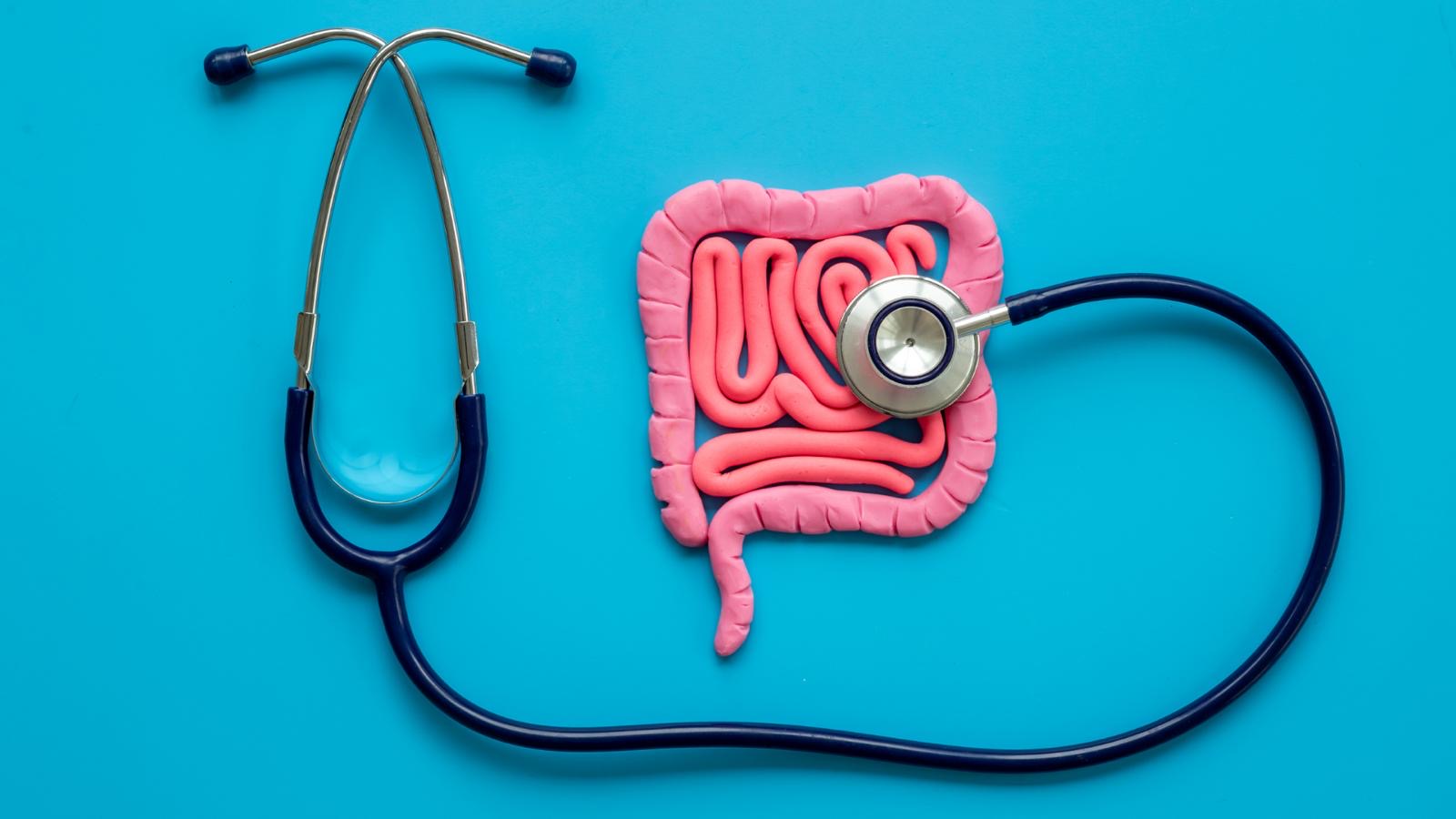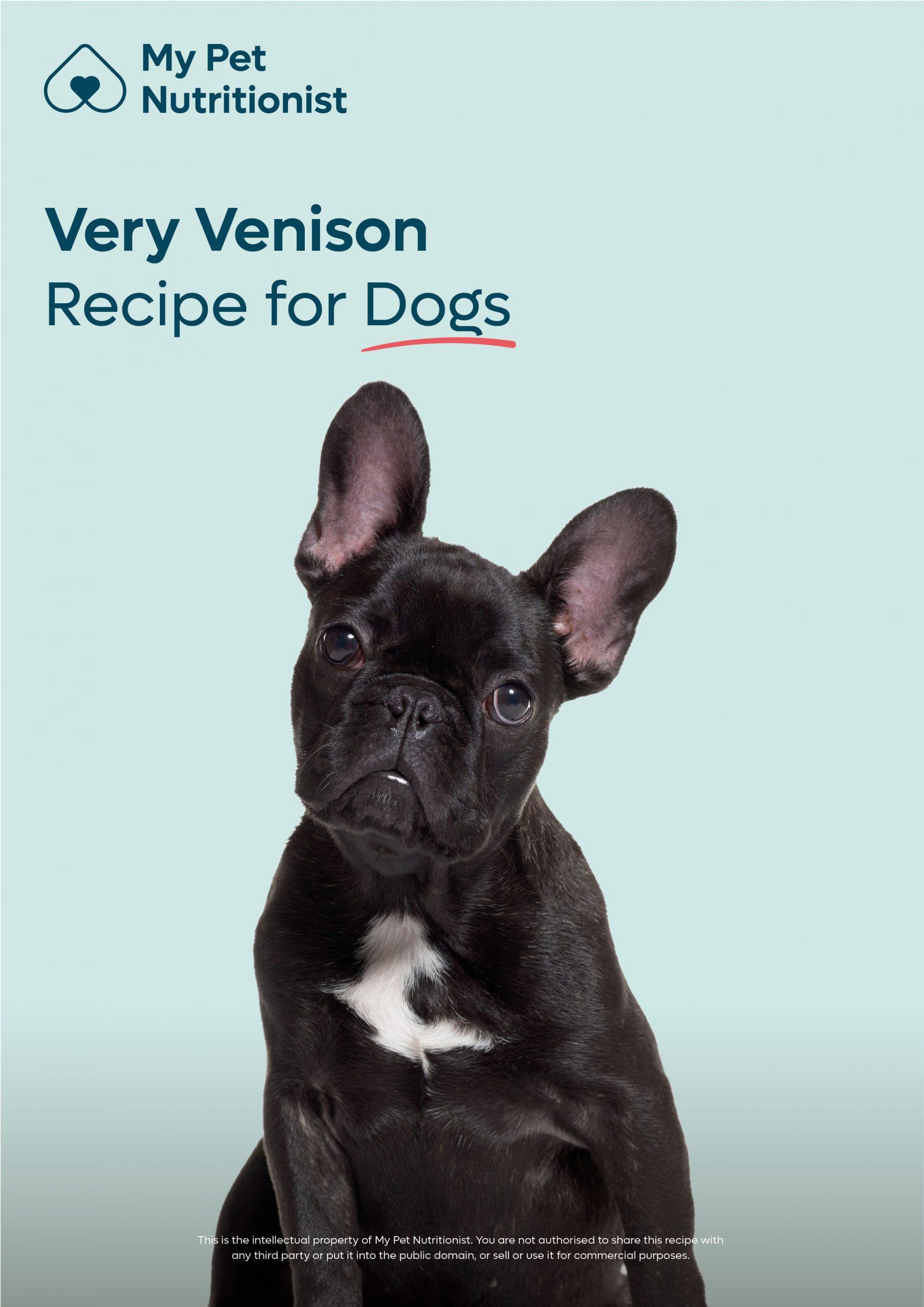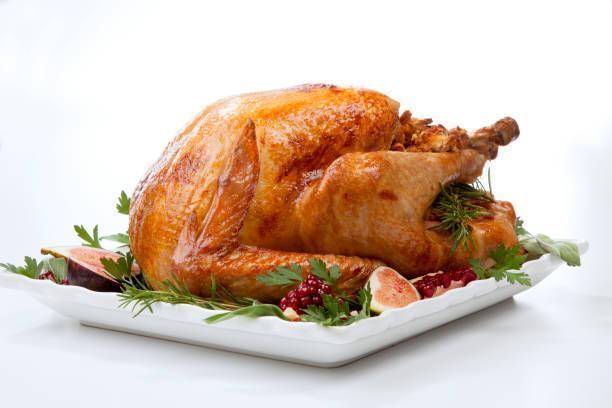-
£19.99

Our Top 21 Superfoods of 2021
- December 28, 2021
- 10 mins 29 secs
We couldn’t see the year our without a trendy list now, could we? So, like Spotify rounds up your yearly stats, here are our top 21 foods to feed your canine – whether they are regular features in their diet, or simply added to the bowl!
Vitamin C contributes to immune defence by supporting various cellular functions of both the innate and adaptive immune system. Vitamin C helps encourage the production of white blood cells known as lymphocytes and phagocytes, which as you know if you read our guide to the immune system, they help protect the body against infection.
Findings Here
Vitamin A helps maintain structural and functional integrity of mucosal cells in innate barriers (skin, respiratory tract etc). It is also important for the functioning of natural killer cells, macrophages, and neutrophils. In the adaptive immune response, vitamin A is necessary for the functioning of T and B cells and therefore for the generation of antibody responses to an antigen. Vitamin A also supports the Th2 anti-inflammatory response.
In addition, it supports heart health thanks to Vitamin K. Spinach also contains the highest amount of lutein and zeaxanthin, which are known to support eye health and protect against age-related degeneration.
Best to lightly cook spinach before you offer it to your dog though!
The inclusion of turmeric has been seen to increase antibodies to particular antigens and overall, it is seen to improve both innate and adaptive immune function.
In addition, several studies have shown that when ingested, turmeric moderates bacterial load within the gut. In short, it acts as a potential prebiotic.
Findings Here
Findings Here
Cooked mussels are a great addition to your dog’s bowl and are easily picked up in the supermarket.
There are such things known as selenium-dependent enzymes which can act as redox regulators and antioxidants; so, selenium can help protect against free radicals too! Not only that but selenium is involved in T cell proliferation, and it also has a role in antibody production.
Lightly cook mushrooms before offering them to you dog and check out the range of species that have additional health benefits too!
Sulforaphane is thought to support hearth health by reducing inflammation and also may reduce blood pressure.
In addition, this compound has been seen to improve recovery and reduce mental decline after traumatic brain injury.
Finally, sulforaphane has improved symptoms of constipation in humans in a 4-week study.
Findings Here
Not only that but folate plays a role in maintaining natural killer cells and plays a role in mounting a sufficient antibody response to antigens. Folate also supports Th1 mediated immune responses. In cases of folate deficiency, immune function is often impaired.
Vitamin D stimulates immune cell proliferation and cytokine production and it helps protect against infection caused by pathogens. It also demonstrates an inhibitory effect in adaptive immunity, suggesting that it is in fact an immune modulator. This is often why we notice increased cases of autoimmunity where there is low vitamin D.
Findings Here
Does My Dog Need Antioxidants
But iron plays an important role in immune function. It is involved in the regulation of cytokine production and action, it helps destroy bacteria by neutrophils and it is important in the differentiation and proliferation of T cells. Not only that but it is a component in the enzymes critical for the functioning of the immune cells and supports cell differentiation and growth.
Haem iron is more easily absorbed than non-haem iron, but toxicity is more commonly associated with over-the-counter supplementation.
Raspberries, blackberries, mulberries and blueberries can all be offered to your dog.
Findings Here
Eggs contain essential lipids, proteins, vitamins, minerals and trace elements including vitamin A, iron, vitamin B12, riboflavin, choline, zinc and calcium.
Egg proteins are distributed equally between egg white and egg yolk, whilst lipids, vitamins and minerals are essentially concentrated in the egg yolk. The yolk is a rich source of linoleic acid and as we know, LA is abundant in the epidermis of the skin, so eggs are a great source of food to support skin health.
The one thing that eggs are rarely associated with is being anti-microbial. But there are a range of proteins found in the egg that exhibit antibacterial, antiviral, antifungal and antiparasitic activity. Avidin is seen to target bacteria, lysozyme is seen to target bacteria, virus and fungi, and cystatin targets the above with parasites included!
Chicken eggs also contain a range of antioxidant compounds that include vitamins, carotenoids, minerals and trace elements. They have demonstrated reductions in pro-inflammatory cytokines in vitro. Conclusions suggest the supplementation of egg yolk proteins to reduce intestinal oxidative stress.
Findings Here
Lysozyme, an enzyme found in eggs has been indicated in the treatment of inflammatory bowel disease; it has been seen to protect in cases of colitis. Largely from its anti-inflammatory properties.
Findings Here
Where you source your eggs from is essential, free-range birds produce more nutrient dense eggs than caged. Free-rearing results in much higher levels of tocopherol, alpha-tocopherol and lutein content. The anti-microbial function of the egg white is also modulated when hens are exposed to environmental microbes.
Findings Here
So, if you want to add egg to the bowl, source free-range and organic. You can feed raw or cooked, and the egg shell is perfectly safe to feed too!
The Importance of Vitamin D
The Importance of B12
Ginger contains active phenolic compounds such as gingerol, paradol and shogoall that have antioxidant, anticancer, anti-inflammatory and anti-angiogenesis properties.
Ginger has demonstrated significant reductions in inflammatory signalling in cancer cases.
Findings Here
Not only that but in cases of liver cancer, it has induced apoptosis, inhibited formation, decreased expression and suppressed cell proliferation. In cases of pancreatic cancer it has downregulated signalling and cell survival indicators, inhibited expression, decreases metastasis, inhibited cell proliferation and induced apoptosis. Ginger has decreased incidence of colon tumours and it has been reported that intragastric treatment of ginger increases survival time.
Findings Here
Adjunct to other therapy, ginger has been seen to improve cellular immunity and decrease fatigue, pain and stress in cancer patients. It is also noted to reduce nausea.
Ginger is widely used in traditional Chinese and Indian medicine, it is thought to stimulate digestion, absorption, relieve constipation and flatulence. In Chinese medicine it is thought to improve the flow of bodily fluids and is therefore used to stimulate blood circulation. The active compounds found reduce the formation of pro-inflammatory prostaglandins and thromboxane therefore lowering the clotting ability of the blood, it should therefore be used with caution alongside blood thinning medication.
In the human literature, zinc is a trait marker of a mood disorder. Zinc deficiency is regularly associated with depression and anxiety, and supplementation often improves mood and cognitive function.
Zinc plays a role in many metabolic processes, including enzyme catalysis, cell signalling and DNA replication and transcription. What this essentially means, this mineral is involved in neural development, learning, memory, and mood. We know zinc plays a role in mood because we find zinc enriched neurons in parts of the brain associated with emotions. Before we knew better, in rat studies, we found that increasing zinc levels reduced rat-fighting behaviour and when supplemented alongside anti-depressant medication, rats developed improved resilience.
The issue we have is that zinc also plays a role in the inflammatory response and likewise the downregulating of the same response. So, when we are in a state of chronic inflammation, when zinc should be in the nervous system, modulating, its instead crusading with the inflammatory (or anti-inflammatory) team and the brain is left with neurotransmitters where they shouldn’t be, or not even where they should be!
Whilst it stands to reason that low dietary intake results in low levels of zinc, phytates found in cereals, corn and rice also inhibit zinc absorption.
There are also some breeds who are predisposed to zinc deficiency, for example, certain sled dogs.
Try to load up on zinc rich foods as much as possible.
Chamomile is widely used to treat inflammations of the skin and mucous membranes, and for various bacterial infections of the skin, oral cavity and gums, and respiratory tract. It is also great for helping the anxious dog.
The same applies to our dogs. Tincture or tea is generally better tolerated by dogs. You could even add a teabag when you are making up a batch of broth!
So there we have it, our top 21 foods to include in your dog’s diet. It goes without saying that there are many more nutritious foods to feed your canine, but these are a good place to start. If you would like any support with your dog’s diet, then please check out our services.
Thanks for reading,
MPN Team
1) Red Bell Peppers
Red bell peppers contain almost three times the amount of Vitamin C that an Orange does! We all know that oranges are touted for their immune supporting functions, but citrus fruits can sometimes cause some digestive discomfort for our furry friends (not all though).
Vitamin C contributes to immune defence by supporting various cellular functions of both the innate and adaptive immune system. Vitamin C helps encourage the production of white blood cells known as lymphocytes and phagocytes, which as you know if you read our guide to the immune system, they help protect the body against infection.
2)Brussels Sprouts
Cruciferous vegetables like Brussel sprouts are seen to have positive results in cases of various cancers like bladder, colorectal, gastric, lung, pancreatic, renal cell carcinoma and various hormone related cancers. Cruciferous vegetables are a rich source of glucosinolates and their hydrolysis products, including indoles and isothiocyanates. Glucosinolate hydrolysis products alter the metabolism or activity of sex hormones in ways that could inhibit the development of hormone-sensitive cancers. In addition to providing fibre, Brussel sprouts for example contain flavonoids, lignans and chlorophyll. Furthermore they are a source of Vitamin K, Vitamin C, folate and selenium. Opt for cooked/steamed.
Findings Here
3) Broccoli
Broccoli is packed full of vitamins and minerals. You will find vitamins A, C and E, fibre and antioxidants in these little green trees!
Vitamin A helps maintain structural and functional integrity of mucosal cells in innate barriers (skin, respiratory tract etc). It is also important for the functioning of natural killer cells, macrophages, and neutrophils. In the adaptive immune response, vitamin A is necessary for the functioning of T and B cells and therefore for the generation of antibody responses to an antigen. Vitamin A also supports the Th2 anti-inflammatory response.
4) Spinach
Rich in Vitamin C, it is also packed full of antioxidants like beta carotene. Not that you would know it because the chlorophyll hides the yellow-orange pigment. Beta carotene is converted to Vitamin A in the body but beta carotene, like all carotenoids is an antioxidant, which protects the body from free radicals. Free radicals are produced by macrophages whilst fighting off invading germs, and these free radicals can then damage healthy cells leading to inflammation, so a diet rich in antioxidants can help mitigate the damage when calling on that trusty immune response.
In addition, it supports heart health thanks to Vitamin K. Spinach also contains the highest amount of lutein and zeaxanthin, which are known to support eye health and protect against age-related degeneration.
Best to lightly cook spinach before you offer it to your dog though!
5) Turmeric
This bright yellow spice has been used for years as an anti-inflammatory, but it is also known as an immunomodulator. It interacts with dendritic cells, macrophages and both B and T cells. But it also interacts with cytokines and this is why we generally note its role in the inflammatory response.
The inclusion of turmeric has been seen to increase antibodies to particular antigens and overall, it is seen to improve both innate and adaptive immune function.
In addition, several studies have shown that when ingested, turmeric moderates bacterial load within the gut. In short, it acts as a potential prebiotic.
Findings Here
6) Cucumber
Mostly water, these little guts won’t really add much to the calorie content of your dog’s dinner. But these hydrating snacks contain an antioxidant known as cucurbitacin which is thought to inhibit COX-2 enzymes. As we know, these enzymes are pro-inflammatory, and absolutely necessary, the issue is when their activity is unmodulated. Cucurbitacin is also considered to have anti-cancer activity along with liver protection. These compounds also occur in pumpkin, melon and watermelon if you’re interested.
Findings Here
7) Mussels
Many types of shellfish are packed full of zinc and this is a particular powerhouse when it comes to immune function. It has antioxidant effects protecting against reactive oxygen species, it helps modulate cytokine release and also helps maintain skin and mucosal membrane integrity (that first line of defence). In the adaptive immune response, zinc has a central role in cellular growth and differentiation of immune cells. It plays a role in T cell development and activation and supports the Th1 response.
Cooked mussels are a great addition to your dog’s bowl and are easily picked up in the supermarket.
8) Mushrooms!
Not only are mushrooms a great source of B vitamins, but they contain the less talked about mineral selenium.
There are such things known as selenium-dependent enzymes which can act as redox regulators and antioxidants; so, selenium can help protect against free radicals too! Not only that but selenium is involved in T cell proliferation, and it also has a role in antibody production.
Lightly cook mushrooms before offering them to you dog and check out the range of species that have additional health benefits too!
9) Broccoli Sprouts
These sprouts contain a compound known as sulforaphane. This compound has been seen to have anticancer properties in test tube studies, it is thought to release antioxidant and detoxification enzymes that protect against carcinogens.
Sulforaphane is thought to support hearth health by reducing inflammation and also may reduce blood pressure.
In addition, this compound has been seen to improve recovery and reduce mental decline after traumatic brain injury.
Finally, sulforaphane has improved symptoms of constipation in humans in a 4-week study.
Findings Here
10) Kale
One of the leafy greens, kale is rich in folate, or vitamin B9. B vitamins are required to convert food into energy and the demands placed upon the body during sickness can mean more of a demand on this process.
Not only that but folate plays a role in maintaining natural killer cells and plays a role in mounting a sufficient antibody response to antigens. Folate also supports Th1 mediated immune responses. In cases of folate deficiency, immune function is often impaired.
11) Dandelion
Dandelions are loaded with prebiotic fibre and also support detoxification processes in the liver. Not only this, but they are packed full of vitamins like C, beta-carotene and K, along with the mineral potassium. Dogs can eat all parts of dandelion, the flowers, stems, leaves and roots!
12) Liver
Whether you opt for cooked or raw, liver is a good source of vitamin D. We find vitamin D receptors throughout the immune system which demonstrates the role it plays in its function.
Vitamin D stimulates immune cell proliferation and cytokine production and it helps protect against infection caused by pathogens. It also demonstrates an inhibitory effect in adaptive immunity, suggesting that it is in fact an immune modulator. This is often why we notice increased cases of autoimmunity where there is low vitamin D.
Findings Here
13) Asparagus
Asparagus naturally contains glutathione which is the body’s master antioxidant. They can be sliced raw or steamed for palatability!
Does My Dog Need Antioxidants
14) Red Meat
Red meat is a great source of iron. Iron comes in two forms, haem, and non-haem. Haem is from meat sources; non-haem is from plant sources.
But iron plays an important role in immune function. It is involved in the regulation of cytokine production and action, it helps destroy bacteria by neutrophils and it is important in the differentiation and proliferation of T cells. Not only that but it is a component in the enzymes critical for the functioning of the immune cells and supports cell differentiation and growth.
Haem iron is more easily absorbed than non-haem iron, but toxicity is more commonly associated with over-the-counter supplementation.
15) Berries
Berries are a great source of prebiotic fibre and are full of polyphenols. Polyphenols are beneficial plant compounds with antioxidant properties. Polyphenols are also seen to promote the growth of good bacteria in the gut, and also fend off the bad guys! It is also thought that polyphenols may help probiotics survive and thrive too! In addition, polyphenols are associated with improved heart health and cognitive function! They have been associated with:
- Delaying age-related cognitive decline
- Modulating inflammation in the brain
- Counteracting neurotoxins
- Protecting neurons against oxidative stress
- Enhanced memory and learning
Raspberries, blackberries, mulberries and blueberries can all be offered to your dog.
16) Pomegranate
Pomegranate has been seen to help protect cells, especially those heart cells. Oxidative damage may be one of the contributors to heart failure in our canine companions and pomegranate has been seen to protect against this. They contain molecules known as ellagitannins. Pomegranate ellagitannins are not absorbed intact into the blood stream but are hydrolysed to ellagic acid over several hours in the intestine. Ellagitannins are also metabolized into urolithins by gut flora, and it is these urolithin A’s that exert anti-inflammatory and antioxidant properties.
Findings Here
17) Eggs
There’s a reason eggs are the protein reference. They contain the full essential amino acid profile.
Eggs contain essential lipids, proteins, vitamins, minerals and trace elements including vitamin A, iron, vitamin B12, riboflavin, choline, zinc and calcium.
Egg proteins are distributed equally between egg white and egg yolk, whilst lipids, vitamins and minerals are essentially concentrated in the egg yolk. The yolk is a rich source of linoleic acid and as we know, LA is abundant in the epidermis of the skin, so eggs are a great source of food to support skin health.
The one thing that eggs are rarely associated with is being anti-microbial. But there are a range of proteins found in the egg that exhibit antibacterial, antiviral, antifungal and antiparasitic activity. Avidin is seen to target bacteria, lysozyme is seen to target bacteria, virus and fungi, and cystatin targets the above with parasites included!
Chicken eggs also contain a range of antioxidant compounds that include vitamins, carotenoids, minerals and trace elements. They have demonstrated reductions in pro-inflammatory cytokines in vitro. Conclusions suggest the supplementation of egg yolk proteins to reduce intestinal oxidative stress.
Findings Here
Lysozyme, an enzyme found in eggs has been indicated in the treatment of inflammatory bowel disease; it has been seen to protect in cases of colitis. Largely from its anti-inflammatory properties.
Findings Here
Where you source your eggs from is essential, free-range birds produce more nutrient dense eggs than caged. Free-rearing results in much higher levels of tocopherol, alpha-tocopherol and lutein content. The anti-microbial function of the egg white is also modulated when hens are exposed to environmental microbes.
Findings Here
So, if you want to add egg to the bowl, source free-range and organic. You can feed raw or cooked, and the egg shell is perfectly safe to feed too!
18) Sardines
Sardines may be small fish but they are rich in nutrients; they are great sources of omega-3 fatty acids, Vitamin D, and Vitamin B12.
The Importance of Vitamin D
The Importance of B12
19) Ginger
Ginger is loved for its anti-inflammatory properties in cancer therapy. Inflammation, or rather pro-inflammatory cytokines contribute to carcinogenesis by influencing the survival, growth, mutation, proliferation, differentiation and movement of tumour cells. It is proposed that ginger has anti-inflammatory and therefore anticancer potential.
Ginger contains active phenolic compounds such as gingerol, paradol and shogoall that have antioxidant, anticancer, anti-inflammatory and anti-angiogenesis properties.
Ginger has demonstrated significant reductions in inflammatory signalling in cancer cases.
Findings Here
Not only that but in cases of liver cancer, it has induced apoptosis, inhibited formation, decreased expression and suppressed cell proliferation. In cases of pancreatic cancer it has downregulated signalling and cell survival indicators, inhibited expression, decreases metastasis, inhibited cell proliferation and induced apoptosis. Ginger has decreased incidence of colon tumours and it has been reported that intragastric treatment of ginger increases survival time.
Findings Here
Adjunct to other therapy, ginger has been seen to improve cellular immunity and decrease fatigue, pain and stress in cancer patients. It is also noted to reduce nausea.
Ginger is widely used in traditional Chinese and Indian medicine, it is thought to stimulate digestion, absorption, relieve constipation and flatulence. In Chinese medicine it is thought to improve the flow of bodily fluids and is therefore used to stimulate blood circulation. The active compounds found reduce the formation of pro-inflammatory prostaglandins and thromboxane therefore lowering the clotting ability of the blood, it should therefore be used with caution alongside blood thinning medication.
20) Oysters
Whilst you may struggle to get your hands on oysters, what we’re really interested in is their zinc content.
In the human literature, zinc is a trait marker of a mood disorder. Zinc deficiency is regularly associated with depression and anxiety, and supplementation often improves mood and cognitive function.
Zinc plays a role in many metabolic processes, including enzyme catalysis, cell signalling and DNA replication and transcription. What this essentially means, this mineral is involved in neural development, learning, memory, and mood. We know zinc plays a role in mood because we find zinc enriched neurons in parts of the brain associated with emotions. Before we knew better, in rat studies, we found that increasing zinc levels reduced rat-fighting behaviour and when supplemented alongside anti-depressant medication, rats developed improved resilience.
The issue we have is that zinc also plays a role in the inflammatory response and likewise the downregulating of the same response. So, when we are in a state of chronic inflammation, when zinc should be in the nervous system, modulating, its instead crusading with the inflammatory (or anti-inflammatory) team and the brain is left with neurotransmitters where they shouldn’t be, or not even where they should be!
Whilst it stands to reason that low dietary intake results in low levels of zinc, phytates found in cereals, corn and rice also inhibit zinc absorption.
There are also some breeds who are predisposed to zinc deficiency, for example, certain sled dogs.
Try to load up on zinc rich foods as much as possible.
21) Chamomile
Traditionally, chamomile has been used for centuries as an anti-inflammatory, antioxidant, mild astringent and healing compound.
Chamomile is widely used to treat inflammations of the skin and mucous membranes, and for various bacterial infections of the skin, oral cavity and gums, and respiratory tract. It is also great for helping the anxious dog.
The same applies to our dogs. Tincture or tea is generally better tolerated by dogs. You could even add a teabag when you are making up a batch of broth!
So there we have it, our top 21 foods to include in your dog’s diet. It goes without saying that there are many more nutritious foods to feed your canine, but these are a good place to start. If you would like any support with your dog’s diet, then please check out our services.
Thanks for reading,
MPN Team
Customer Reviews
Explore related products
Related articles

Dietary NeedsDigestive Health
5 Reasons Why Your Dog May Have Diarrhoea
Jun 20 2024
•
5 mins 55 secs

Dietary NeedsDigestive Health
Pooh Guide for Dogs: What’s Good, and What’s Not
May 16 2024
•
9 mins 15 secs

Dietary NeedsDigestive Health
All You Need to Know About Exocrine Pancreatic Insufficiency
Feb 22 2024
•
10 mins 20 secs

Dietary NeedsDigestive Health
What Causes Malabsorption in Dogs?
Feb 08 2024
•
7 mins 40 secs

Dietary NeedsDigestive Health
Can Food Sensitivities Cause a Pancreatic Flare?
Oct 20 2023
•
5 mins 40 secs

Dietary NeedsDigestive Health
What to Feed a Dog When Regurgitating
Sep 21 2023
•
4 mins 45 secs

Dietary NeedsDigestive Health
Gallstones, and Why Your Dog Has Them
Jun 22 2023
•
6 mins 40 secs

Dietary NeedsDigestive Health
5 Benefits of Vitamin C for Your Dog
Mar 18 2023
•
4 mins 42 secs

Dietary NeedsDigestive Health
A Systems Approach to Digestive Health in Pets
May 31 2022
•
5 mins 44 secs

Dietary NeedsDigestive Health
5 Top Tips for Dealing with a Fussy Eater
Jan 18 2021
•
6 mins 57 secs

Dietary NeedsDigestive Health
5 Top Tips for Skin Health in Your Dog
Dec 08 2020
•
9 min read
✕
















